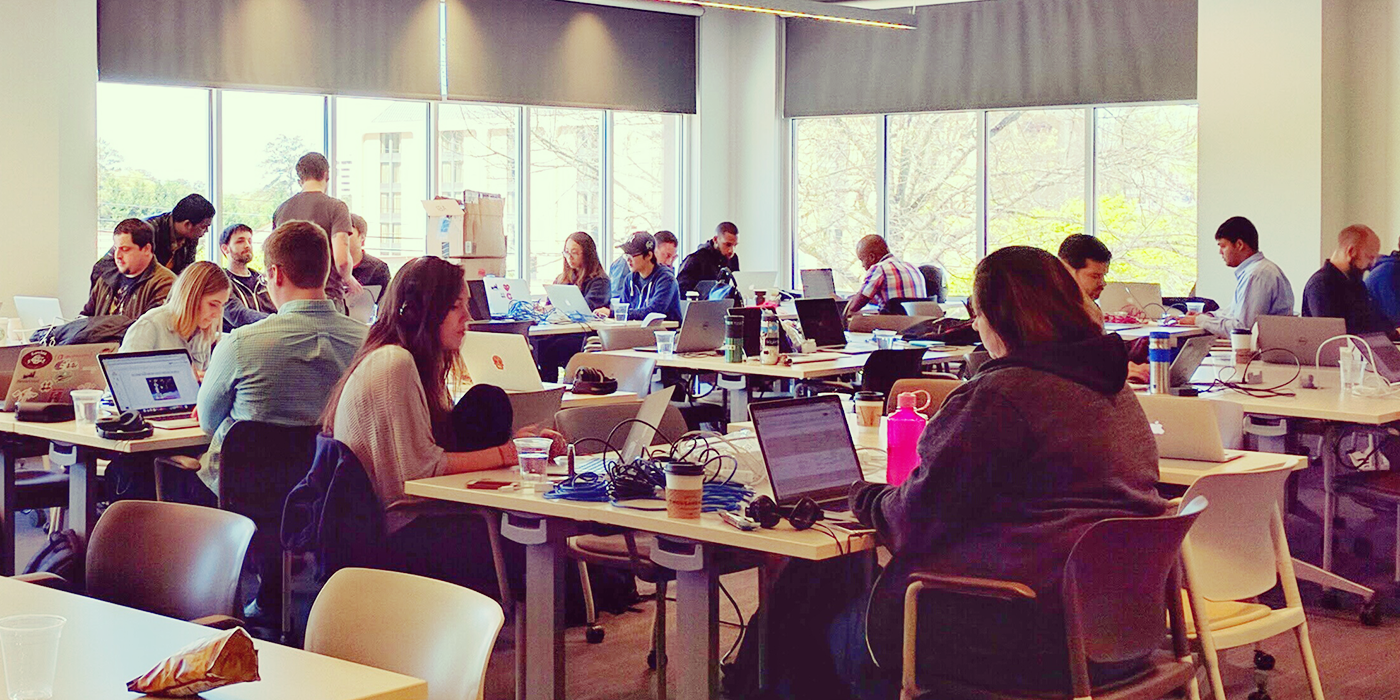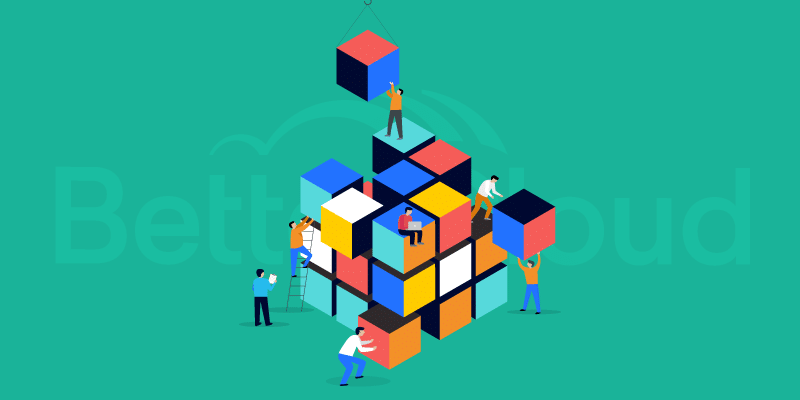Zendesk and BetterCloud: Taking a Unique Approach to Hackathons
July 18, 2016
5 minute read

A few months ago, Zendesk and BetterCloud teamed up for our second partner hackathon. You can read about our first one with Slack here.
After putting on two successful partner hackathons, we wanted to share some of the lessons we’ve learned. But first, let’s talk about why you should even throw an internal hackathon:
- People Growth: Hackathons provide a venue for people to excel in roles they don’t typically fill. We ask those in leadership positions to hand the reins to their colleagues so they can learn first-hand how to manage a project from beginning to end. When you have developers in leadership positions and QA analysts trying to pair-program on writing a method, it’s easier to build empathy for what other team members deal with on a regular basis.
- Knowledge and Inspiration: Ideas come from everywhere. The projects we work on during hackathons will likely never see the light of day, but the knowledge, inspiration, and skills learned definitely will. Hackathons are a truly engaging experience because everyone feels safe to stretch themselves without consequence.
- API Crash Course: Getting your hands dirty is the best way to learn. You’ll be shocked at how much you can absorb and accomplish in just two days.
- Relationship Building: We make our employees form teams with people they don’t normally work with. And not only are we building relationships internally, but we have the great opportunity to work with outside partners like Zendesk, which. After working with someone on another team, cross-team collaboration happens naturally, enabling teams to accomplish goals that require collaboration faster.
Getting Started with a Hackathon
Putting on a hackathon is a lot of work. Thankfully, there are experts who’ve put these types of events on many times.
Here are some of the best, and most in-depth, guides you’ll find online:
How We Do Hackathons
Announcement and Idea Collection
About a month before the hackathon kicks off, we send a Slack note to everyone (not just those participating). We want to make sure everyone has a chance to submit ideas.
Here’s the message I sent to our team about the Zendesk hackathon:
Today, we’re opening up the ideas collection for the internal hackathon we are having with Zendesk in April!
Your ideas are super helpful in a variety of ways. It provides the team’s inspiration on what to hack on, it provides valuable dialogue with the Zendesk developers who will be on-site about how to use their APIs to accomplish these ideas, and it shows Zendesk how innovative we are as a company.
After speaking with Zendesk, they suggest the following three ways to hack on their APIs:
- Using the Zendesk Core API to get data out of Zendesk or act on data in Zendesk
- Working with the Zendesk Help Center APIs to build out a custom support experience, either inside or outside of our app, using Zendesk support content
- Building with the Zendesk Apps Platform APIs to build an app that lives within the Zendesk interface and reaches out to or pulls in data from other apps.
We then use Google Forms to collect ideas.

After a week of accepting ideas, we run them by our partner (Zendesk in this case) to get feedback on viability. We then put all viable ideas up for a vote by everyone in the company. Ironically, we don’t make teams pick from only the highest voted ideas. Instead, we provide the results of the voting so teams can decide if they want to work on a popular idea or go with their own idea. If someone is truly invested in their idea, we don’t want to stop them from building it.
We then create a team sign-up sheet in a Google Spreadsheet that allows people to create a team by selecting themselves as a team lead for the idea they’d like to work on. Other participants can then join these teams.
Our Hackathon Rules
- No more than six people on a team (must have at least two people)
- You must step outside your comfort zone. Team members who don’t usually code should be given guidance to help contribute some core methods and classes. Team members who don’t usually test should be given guidance to help contribute testing, writing acceptance criteria, and test cases. Do you normally have a leadership role on a team? Step back and give someone else a shot.
Our Judging Criteria
- Ready to Ship: Ability to incorporate into our product or our single instance of Zendesk
- Judges’ Favorite: Tough to predict, but this is whatever solution the judges liked the most
- Most Innovative: Most novel approach to solving the problem
Our heads of technology, engineering, and QA served as judges, along with API evangelists from Zendesk that joined us on-site. During the team presentations, each judge scores the three criteria above with a 1-5 rating (with 5 being the highest rating). Whichever team has the highest tally wins.
Who Won the BetterCloud/Zendesk Hackathon?
The winning team created an app to enable Zendesk users to create tickets via voice recognition. They used the built-in HTML5 voice recognition API to achieve this, and also created a way to allow users to easily flow through the ticketing system using the voice recognition system.
Not too shabby for two days’ work.
Pro Tips for Putting on a Great Hackathon
Remember and remind participants of the four stages of high-performing teams (forming, norming, storming, and performing), as laid out by Psychologist Bruce Tuckman in 1965. Keeping this in mind will help new leaders grow as a result of the hackathon.
You can read more about Tuckman’s four stages of group development here.
Here are some other tips we swear by:
- Set up a hackathon-specific Slack channel (and let teams set up their own channels). This will allow effective communication throughout the event.
- Limit the hackathon to two days. We’ve found this to be a solid time period for creating something functional.
- Start with your minimum viable product (MVP), and then go from there. Remember, there are only so many hours in a day, and you only have two of them!
- Try to have experts on hand to help answer questions. For our Zendesk hackathon, we were able to bring in two Zendesk developers who helped answer all of our teams’ questions throughout the event. This is a HUGE benefit when time is limited.
- Prior to the event, hold a training session with participants to go over documentation and general best practices (we call these lunch and learns). Not everyone is a Zendesk API master, but an hour with an expert is worth its weight in gold. Before our Zendesk hackathon, the Zendesk team walked everyone through their documentation, reducing the learning curve on the day of the event.
- Have fun!
Want to take part in our next hackathon? Join our team in Atlanta. We’re hiring!






